Have You any Questions? Ask Me!
From our farm to your table, enjoy the freshest microgreens grown in a safe and controlled environment. Taste the difference with every bite!
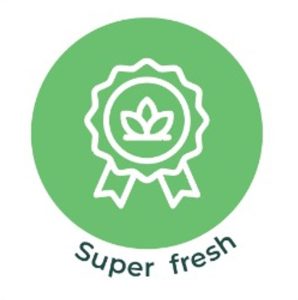
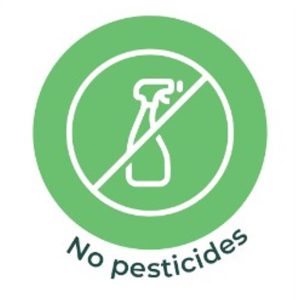
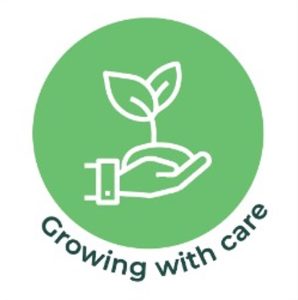
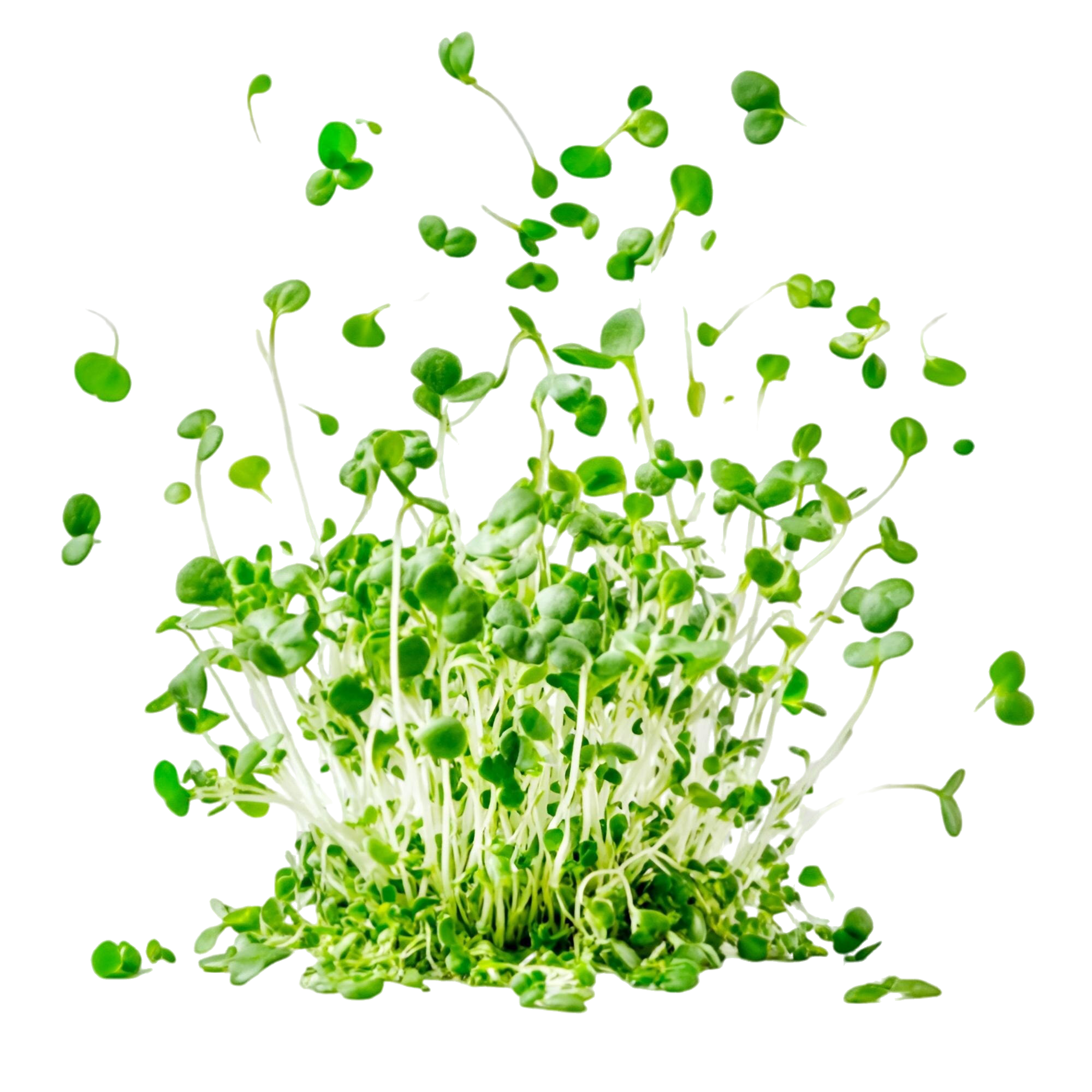
We believe that every plant we grow is a testament to our passion for agriculture and our dedication to providing our customers with the freshest, most flavorful produce possible
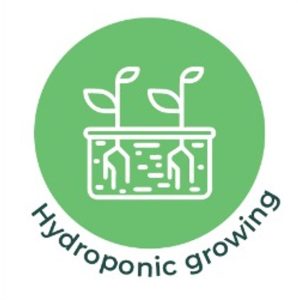
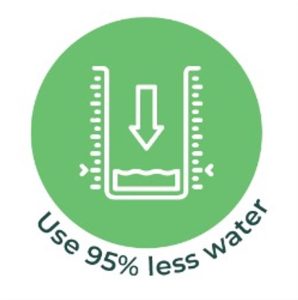

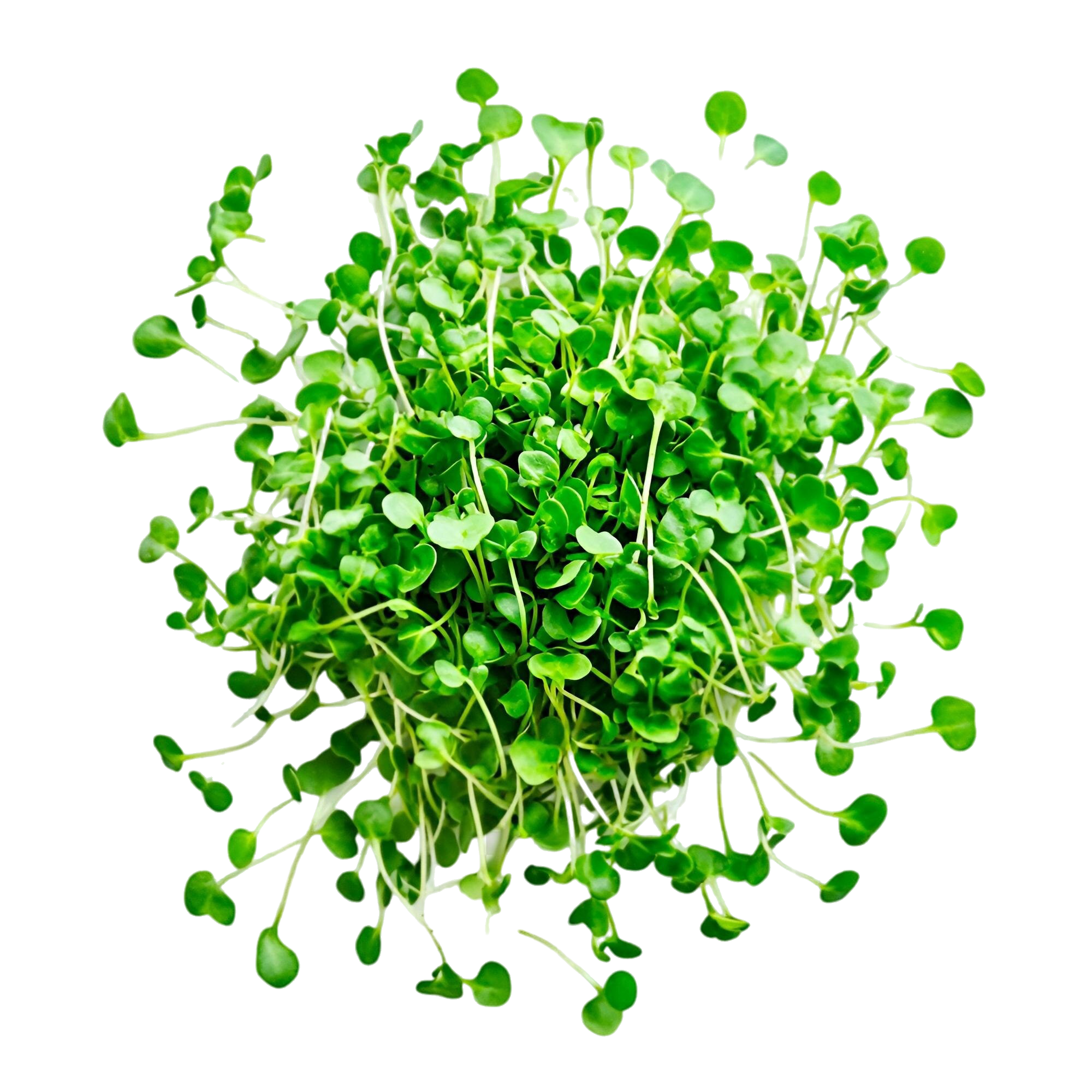
Microgreens are young vegetable greens harvested at an early stage, usually within 7–21 days after germination. They are nutrient-rich and have intense flavors.
Yes, microgreens grow in soil or a growing medium and develop leaves before harvesting, whereas sprouts are grown in water and harvested before they develop leaves.
Absolutely! Microgreens contain higher concentrations of vitamins, minerals, and antioxidants compared to mature plants, making them a great addition to a healthy diet.
Yes! Microgreens are easy to grow indoors or outdoors with minimal space, using trays, soil, and proper lighting.
Microgreens can be added to salads, sandwiches, wraps, smoothies, soups, and garnishes for extra flavor and nutrition.
Yes, they are often used in gourmet dishes by chefs to enhance taste and presentation. They can also be lightly sautéed or blended into sauces.
Yes, certain microgreens like wheatgrass, pea shoots, and sunflower greens are excellent for juicing and provide a nutrient boost.
Many microgreens contain antioxidants and anti-inflammatory properties, which may support heart health, digestion, and immunity.
Some microgreens, like wheatgrass, are used for pets (such as cats and dogs) due to their health benefits. However, not all microgreens are suitable for animals.
Some flowers contain antioxidants, vitamins, and anti-inflammatory properties. For example: Calendula – supports skin health Hibiscus – rich in vitamin C Nasturtium – contains vitamin C and antimicrobial properties
No, microgreens typically grow in a controlled environment without the need for pesticides, making them a cleaner, healthier option.
Edible flowers are blossoms that can be safely consumed and are used to enhance food and beverages. They can be eaten raw, cooked, candied, or used as garnishes.
No, not all flowers are safe to eat. Some are toxic and should never be consumed. Always verify a flower’s edibility before eating it.
Salads (nasturtiums, violets) Desserts (candied violets, rose petals) Cocktails & teas (hibiscus, lavender) Garnishes (borage, pansies) Infused oils & vinegars (chive blossoms, calendula)
� Copyright All Rights Reserved